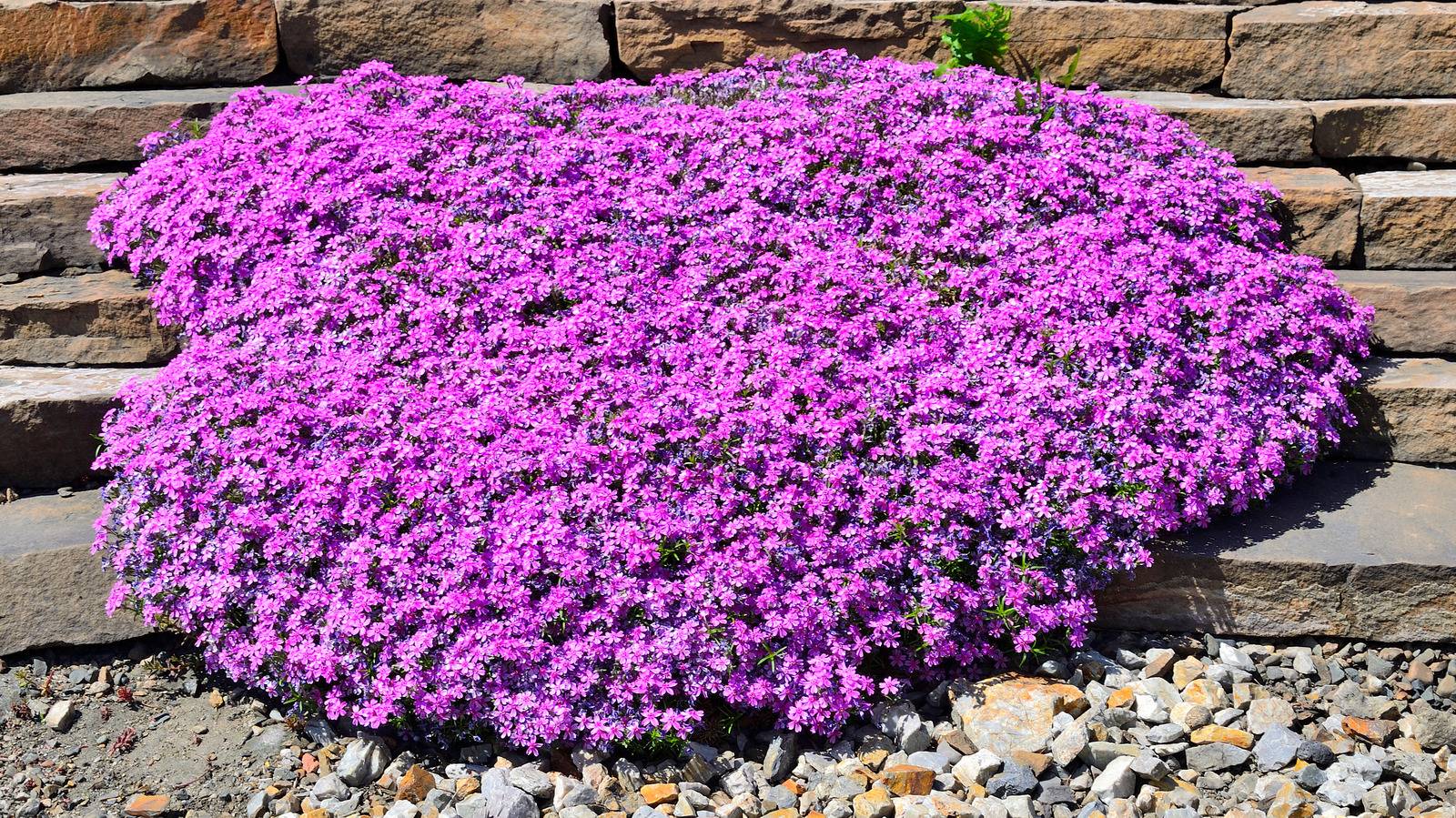Creeping phlox (Phlox subulata) is a popular evergreen perennial that creates a stunning carpet of color in spring. With its low-growing habit and colorful flowers, it thrives in rock gardens, edging, cottage gardens and more While creeping phlox is easily propagated from cuttings, growing it from seed is also possible with proper timing and care.
When to Plant Creeping Phlox Seeds
Creeping phlox seeds require exposure to cold, moist conditions in order to germinate. This naturally happens when seeds drop in autumn and overwinter under snow cover. However, seeds can also be sown directly outdoors in late fall through early spring.
The optimal soil temperature for creeping phlox seed germination is around 18-20°C (65-70°F) Since spring and autumn nights can still dip below this threshold in many regions, consider sowing in an unheated cold frame or greenhouse. Provide nighttime heating if needed to maintain ideal germination temperatures
When sowing outdoors, wait until the danger of hard frosts has passed. Sow seeds in early spring once the soil has thawed. Successive sowings every 2-3 weeks will prolong the bloom period.
How to Sow Creeping Phlox Seeds
Creeping phlox seeds are extremely tiny, like dust. Special care is needed when sowing them:
-
Start seeds indoors 8-12 weeks before the last expected spring frost. Use a sterile seed starting mix and containers with drainage holes.
-
Or sow seeds directly outdoors in prepared garden beds. Loosen soil and remove any weeds which may compete with tender seedlings.
-
Creeping phlox seeds need light to germinate. Simply press them gently into the soil surface without covering.
-
Space seeds just 3 mm apart and water gently to avoid displacing seeds.
-
Keep soil moist continuously to aid germination which takes 14-21 days. Avoid letting soil dry out completely.
-
New seedlings need 14-21 days of consistent moisture and temperatures around 65-70°F to sprout. Shelter from weather extremes.
-
Gradually acclimate young plants to outdoor conditions before transplanting into the garden after all danger of frost. Harden off for 7-10 days.
Growing Conditions for Creeping Phlox
Once established, creeping phlox is quite resilient and unfussy. But young seedlings need attentive care:
-
Grow in full sun to partial shade. At least 6 hours of direct sun is ideal.
-
Provide very well-drained soil, even sandy. Avoid wet or compacted clay soil.
-
Water 1 inch per week. Increase in summer heat. Allow soil to dry slightly between waterings.
-
Fertilize in spring and midsummer using a balanced 10-10-10 analysis. Avoid high nitrogen fertilizers.
-
Mulch around plants to retain soil moisture and suppress weeds. Use gravel, shredded bark or pine needles.
-
Prune spent flowers and trim plants lightly after blooming to encourage reblooming.
Troubleshooting Problems
-
Damping off disease: Avoid overwatering. Allow soil to dry between waterings. Discard diseased seedlings immediately.
-
Powdery mildew: Improve air circulation. Avoid wetting foliage when watering. Apply neem oil.
-
Aphids: Knock off with strong spray of water. Apply insecticidal soap. Attract beneficial insects.
With proper timing, temperatures, light levels and attentive care, it is quite possible to successfully grow creeping phlox from seed. Home gardeners are rewarded with lower costs compared to buying mature plants. Plus you gain the satisfaction of nurturing your own plants from seed to flower.

How to Plant Phlox Seeds
When direct sowing, cover seed with ⅛ inch fine soil. Darkness is required for germination. Thin seedlings when first true leaves appear. If you started your seeds indoors, hardening off should begin after all danger of frost has passed. When the first true leaves appear, carefully move your seedlings to their outdoor location.
In drier locations, plant or thin phlox one foot apart. In humid or consistently irrigated beds, phlox should be spaced two feet apart.
When to Plant Phlox Seeds
Garden phlox seeds require a minimum of 60 days of cold stratification to aid in germination. (Annual phlox varieties do not require this first step. ) This can be achieved either outdoors or in the refrigerator. For natural stratification, sow the seeds in late fall or winter in a weed-free area. The cold temperatures help break the seeds out of dormancy, and they will emerge in spring.
For artificial stratification, you can also put the seeds in a plastic bag with a lid and damp paper towel, coffee filter, vermiculite, or sand on top of them. Store the bag in the refrigerator at temperatures between 33° to 40° F.
Once ready, phlox seeds germinate and grow rapidly, making direct sowing generally the preferred method. For garden phlox, you can directly plant your seeds outside in the fall if you want to or in the spring when the ground can be worked and the temperature stays between 65°F and 70°F. If spring comes late where you live, though, you can start indoors near a sunny window four to six weeks before transplanting. Using growing lights and heat mats can further aid in the successful cultivation of phlox from seed.
How grow Phlox from seed ✨
FAQ
Is creeping phlox easy to grow from seeds?
How long do phlox seeds take to germinate?
What is the problem with creeping phlox?
Does creeping phlox reseed itself?
